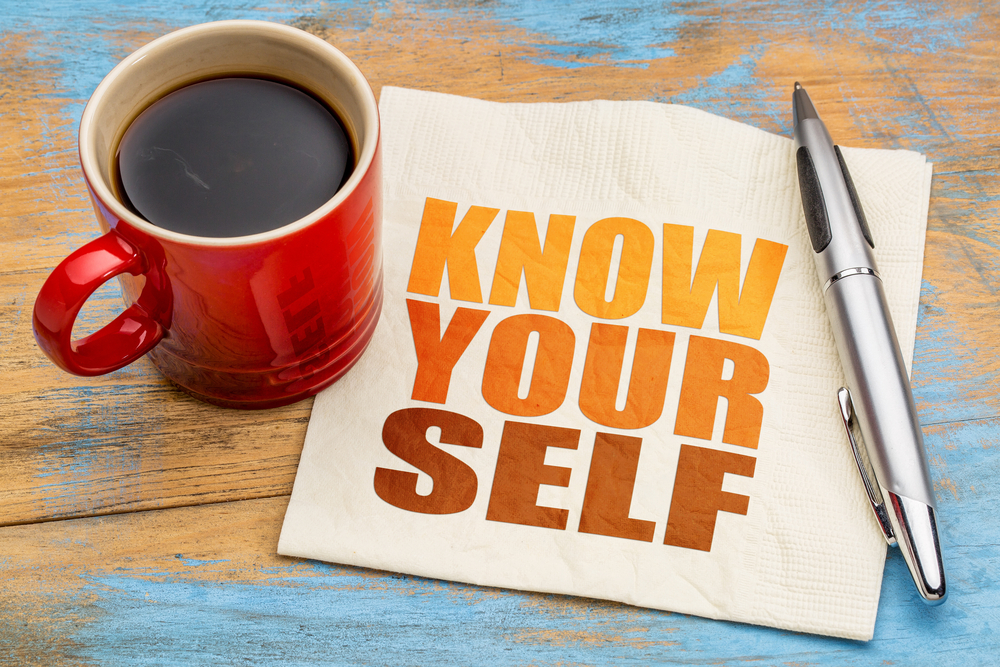The Path Of Self-Discovery: Finding Yourself [Day 1]
 Posted On
Posted On
Self-discovery means a lot of things. It means finding your purpose in life (we all have a mission) by digging deep into your youth and revealing the interactions that influenced you… It’s good and bad. This requires knowing what your values are and dealing with them. The results of self-discovery include joy, satisfaction, understanding, and perhaps even enlightenment! – the path of self-discovery
Often you may have heard children or even sometimes grown adults asking the question,
“Who am I?”
This leaves one in a state of confusion as each and every one of us has already assumed a personal identity of our own.
As simple as it may seem, discovering yourself merely does not mean what you like to eat, drink or wear. It involves much deeper elements than that.
Seems like most people do not really know themselves, even if they claim so. Knowing yourself requires a deep connection between you and your thoughts. If every man knew himself well, then he or she would not be dealing with so much confusion, depression or frustrations.
Why Self-Discovery Is Important

Self-discovery is essential for any human being at any stage of life. The more you discover yourself, the more aligned you are on your life path. When you discover the positive traits within you, eventually you will also feel content with which you are and embrace who you become.
Therefore, if you want to lead a happy life, you have to set free the chains that bind you in search of your freedom. You have to be certain of what exactly you want from life. Understanding what you want will set your focus and you will be clearer of what you need to achieve.
Step # 1: Self Assessment
Firstly, start your self-assessment by describing yourself using 25 different adjectives.

Include both positive and negative traits during this exercise because it is essential owing to the fact that you are undertaking a truthful exercise. Dig deep down. Uphold the utmost honesty. Allow for self-rediscovery.
Provide an explanation for every trait you have listed down.
Explore each explanation in depth.
Step #2: Identify “Likes and Dislikes”
Secondly, is to consider your likes and dislikes.

This is important to allow yourself to identify any potential issues that may help you discover the root cause of your likes and dislikes. Being that, it will help in preventing the repetition of bad behavior. Keep in mind that failure to learn from your past will only make you prone to repeating them.
List the activities you love doing:
What are the types of people you surround yourself with?
Which books do you enjoy reading?
How would you spend your free time?
Step #3: Writing Your Journal
After you have discovered all your likes and dislikes, start writing a journal to collect your thoughts.

For a whole week, write down all your emotions, actions and thoughts that you might have.
Write down what you feel most comfortable doing without much effort but it is also very rewarding to you.
A journal is different from a diary, as your journal contains your personal thoughts and reflections.
Furthermore, answer these 5 questions and record your answers in your journal.
These questions will help you in discovering yourself and to get in touch with your inner thoughts and feelings. It can also help you make choices in your private life, working life and relationships.
1. Describe what you believe is truly important in life.
2. Describe what values you uphold in life that best reflect what you believe in.
3. Describe your dreams and what you would want to achieve for yourself personally in life.
4. Who is your mentor or major influence in your life and how do they help you make decisions? Why are they an important influence?
5. What do you consider as your greatest achievement in life?
Self-Discovery: Most Memorable Childhood
In your journal as well, write down 5 childhood memories you remember which gave you the feeling of deep joy and excitement, both as you anticipated them, and later as you experienced them.

If for example, eating an ice cream on the beach was a special childhood memory which made you skip with joy and anticipation, then take your family or your friends and enjoy ice cream on the beach with them.
Similarly, if you enjoyed going on a trip in your family caravan during holidays, then hire a caravan, take time to explore and also relive the adventures with your own family.
In this situation, as adults, the responsibilities of our lives sometimes rob us of simple pleasures that give us joy.
No journey of self-discovery is complete without looking at the person we were as a child and comparing it with the person we are now as an adult. After all, the experiences that shaped our personalities are rooted deep within our childhood moments. Spending time reflecting on them is an excellent way to rediscover our inner self.
Step #4: Meditate Your Subconscious
Finally, discovering who you really are is by meditating is also another important step in your journey of self-discovery.

Meditating can be a good way to tap into the subconscious to understand your inner self. With this in mind, it will help you to answer questions you have related to life. Meditation is important in making or deciding the path in which your life should take. Sit in a quiet and peaceful place, and be engrossed in your thoughts.
However, you should not be discouraged if you do not seem to get the right answers straight away. Most noteworthy, keep on practicing and in the end, you will finally get the answers.
When you are meditating, the brain enters a theta state, as a result, you are in this state you encounter very minimal interference from the conscious state of mind.
In short, all of the exercises described represent an opportunity for you to search for answers you have been looking for.
Keep in mind you should not be too hard on you and be patient. Do not force the answers but have a receptive and open mind. This will help you discover yourself better in your journey of self-discovery.
Once you have completed this, it is time to find out the “Who” in you.


